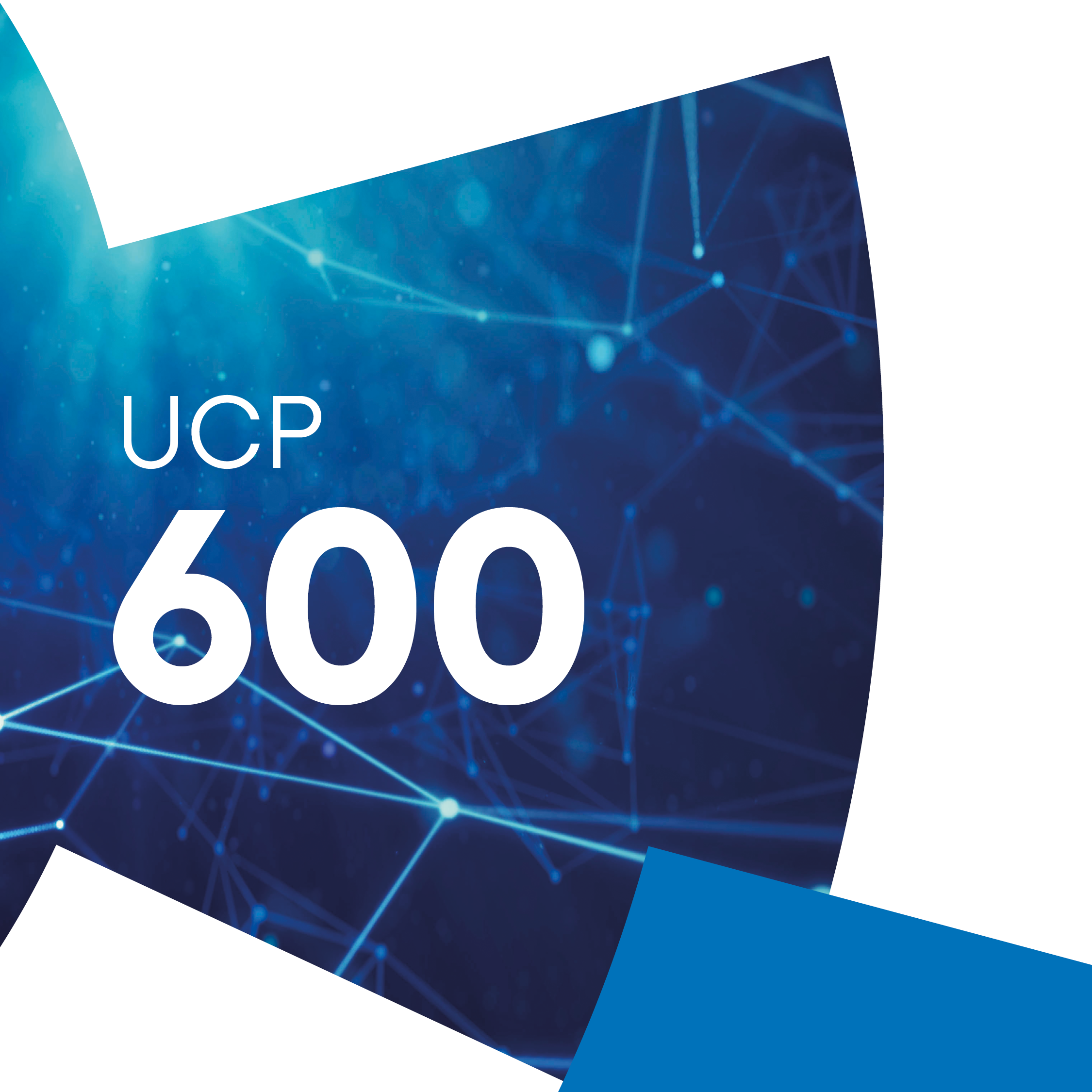Advanced Commodity Finance

Learning objectives
By the end of this letter of credit course you will be able to:
Discuss specific features of the agriculture, metal and energy markets.
List the major risks in commodity supply chains and Identify who should be the primary risk-takers.
Understand the instruments in the commodity finance toolbox and their main components.
Describe the key concept of yield curve and explain the fundamental notions of Contango and Backwardation.
Analyse the difference between commodity trade finance and structured trade finance
Describe the roles, priorities and financial requirements of the three key players in the commodity supply chain.
Explain how commodity trading adds value to commodity flows beyond a buy/sell proposition.
Determine how banks should get organized to finance commodities.vvv
Discuss the key differences between physical and pure financial commodity trading.
Course curriculum
In this lesson, you will gain an understanding of the dynamics of the three commodity markets and understand their individual and common features.
In this lesson, you will learn about the the three main players of the commodity supply chains and their roles, priorities and financial requirements.
In this lesson, you will learn about commodity supply chain’s risks and see these illustrated. You will also learn how these risks interact and who should be the primary risk takers.
In this lesson, you will gain an understanding of the trading houses’ strategies in commodity supply chains and how commodity trading adds value to commodity flows beyond a buy/sell proposition.
You will also learn about the banker’s views on these strategies and their financial consequences.
In this lesson, you will learn about the roles of instruments in the commodity finance toolbox and how they are used by traders.
You will learn about the key concept of yield curve and explain the fundamental notions of Contango and Backwardation.
In this lesson, you will learn the financing requirements of trading houses along the commodity supply chains and learn how banks should get organized to finance commodities.
In this section, we will take a look at two sample case studies that show how simple solutions can remedy problems often seen in this sector.
This section will test your knowledge on what you have learned so far.
FAQs
Answers to your most commonly asked questions.
This course forms part of the curriculum for the Certified Trade Finance Professional (CTFP) but can also be purchased on its own.
If you just complete this course then you will earn a Letter of Completion once you finish (please note there is no exam for this individual course).
However, this course can also be put towards achieving the CTFP qualification. More details can be found here.
If you complete the CTFP then you will earn a Certificate of Achievement, signed by the ICC Secretary General, once you pass the final exam
All candidates need to be able to read and write in English. For this course, we recommend that you have +5 years working in trade finance or have completed a trade finance qualification such as the ICC Academy’s Global Trade Certificate.
Your purchase includes 12 months to access all the lessons. You can access the lessons as many times as you like within the 12-month access period.
This course is accredited by the London Institute of Banking and Finance (LIBF), The Bankers Association for Finance and Trade (BAFT) and the Global Trade Professionals Alliance (GTPA).
Due to the immediate availability of our course content upon registration, ICC Academy has a strict no-refund policy for our courses and certifications. For more details, please refer to our Terms and Conditions.
This online course will take approximately 5-6 hours to complete depending on your level of experience.
Candidates will have 12 months access to the lessons which can be repeated.
- One-year access to the online course and all 8 lessons
- Two case studies and 42 assessment questions – we’ll show you how to apply what you learn to real-world scenarios. Please note this is not an exam.
- A printable glossary containing all the key terms for you to refer to throughout the course
- Dedicated, full-time IT support
Yes, all our courses are taken online. This means they are accessible at any time, from anywhere in the world. Learn when and where you want.
This course has been designed for general practitioners working in banks, corporates, or financial institutions in functions such as relationship management, credit and compliance, but with an interest in trade finance.






